The internet is chuck-a-buck full of myths and distortions about defensive shotguns. There is one that has always particularly bugged me. The myth, one common even among “shotgun guys,” is that the shotgun is a “low capacity weapon.” Shotguns are not low-capacity weapons, and this article will explain why.
This article contains affiliate links.
“Power” does Exist
It has really fallen out of favor to talk about any defensive weapon’s power. This is mostly for good reason. When we overcome some of those old “stopping power” and “knockdown power” bugaboos, training tends to go up. We tend to focus less on crap like “hydrostatic shock” and more on quantifiable metrics, like how many rounds we can put on a specified target in a specified period of time.
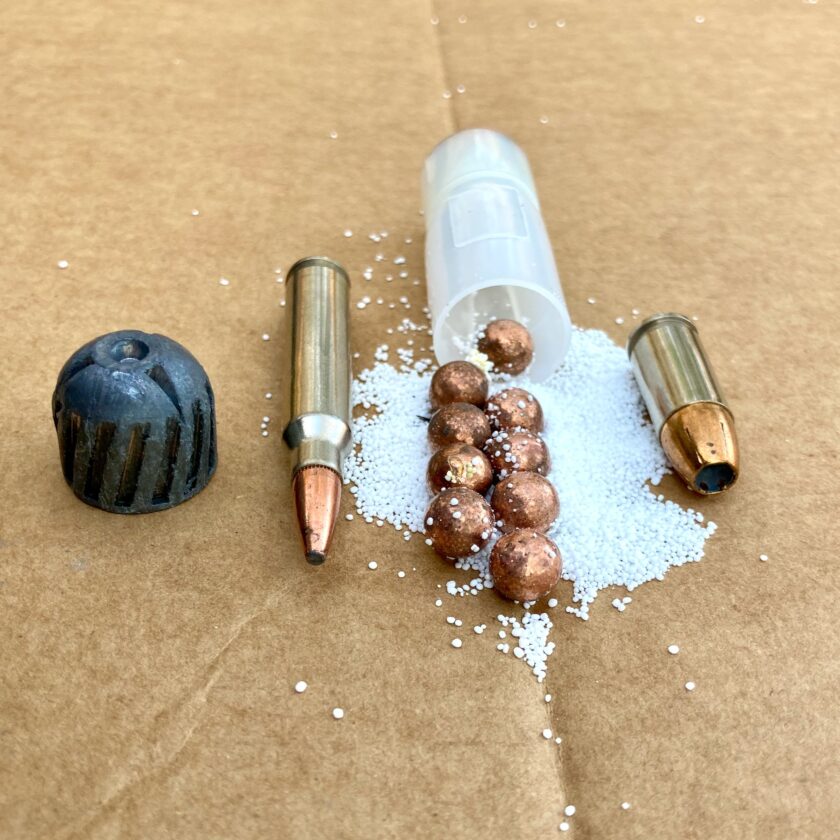
That’s truly fantastic news. We end up with shooters as a group who are more accurate, more capable, and can mount a better defense for themselves and their families. Fewer dudes are carrying rough-recoiling 10mms and .357s (both of the “Sig” and “Magnum” variety), and way more guys are carrying 9mms that they can actually shoot really well. Again, fantastic news!
But we’ve sort of thrown the baby out with the bathwater. Any talk of “power” in regards to defensive firearms is pretty much verboten, at least in mature, sophisticated firearms circles. But power does exist, and a round of 9mm isn’t the same as a shotgun shell.
Shotguns are Not Low Capacity
A lot of gun guys, even shotgun apologists, are quick to point out that shotguns are “low-capacity” weapons. That may be true when compared with a Glock 17 or AR15, but only in comparison of sheer numbers. I get it – 6 or 7 rounds doesn’t seem like much compared to 15-30, but 9mm-vs.-12-gauge is not an apples-to-apples comparison.
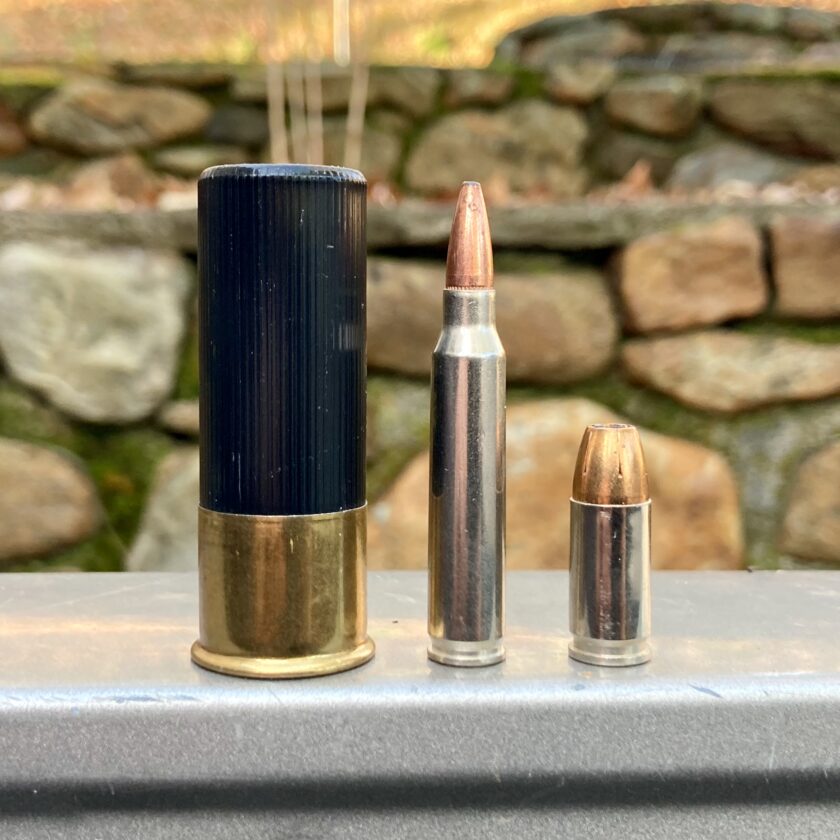
The difference boils down to this: you don’t have to shoot someone very many times with a shotgun. The shotgun’s five or six rounds can do the same amount of “work” that can be done with a couple dozen rounds of 9mm. The shotgun is able to bring devastating damage to the target in a single press of the trigger, whether with a load of buckshot or a soft, Foster-type slug.
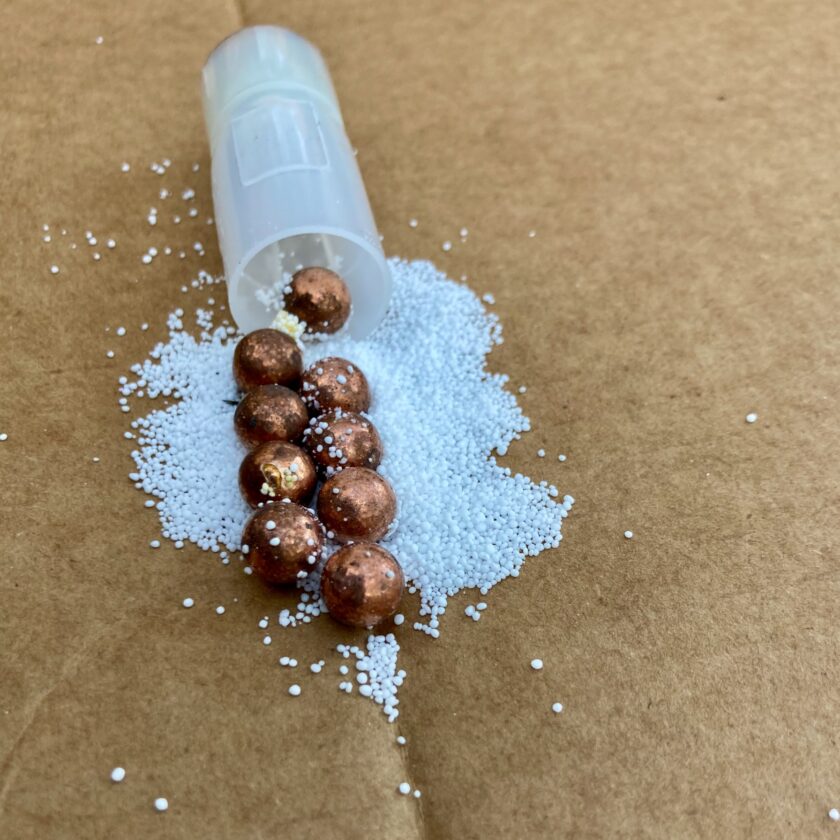
The goal of a defensive encounter is to convince the bad guy to cease whatever he is doing that poses a lethal-force threat to you. Once hostile action has ceased your mission has been accomplished. Firearms accomplish this mission by doing one of a few things. They can produce what is called a psychological stop, an exsanguination stop, or a CNS stop. Let’s look at each one.
The Psychological Stop
The psychological stop occurs when an attacker stops because of a change in his value judgement of the encounter. A firearm and its effects – the sight of it, its flash, and its noise – may produce fear that causes the attacker to break off his hostile action. A bullet hitting the attacker may cause pain or produce fear of death or serious injury that causes the attacker to break off the attack.
In these cases the attacker may still be fully capable of pursuing the hostile encounter, but has decided that the danger is not worth the potential reward. Sounds great, right? The problem with the psychological stop is that it isn’t reliable. An attacker bent on doing you harm may decide to power through the fear or pain.
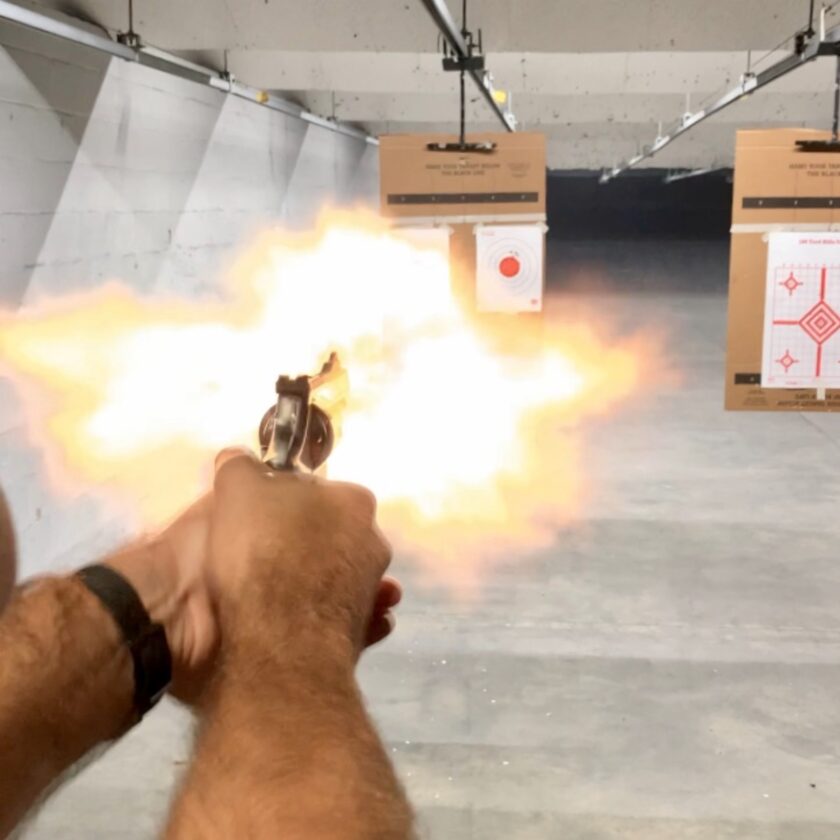
Nor does a psychological stop say much about the firearm’s inherent ability to break an attack. A .22 is often just as good as a 12-gauge…IF you get a psychological stop. Unfortunately you have no idea if you will achieve a psychological stop. You should select defensive firearms as if you won’t get one, because you very well might not.
Exsanguination and CNS Stops
This is where the rubber meets the road. These types of “stop” depend not on the attacker’s state of mind, toughness, determination, or other psychological variables. These “stops” render the attacker incapable of continuing his attack by producing wounds incompatible with further hostile action.
Exsanguination (blood loss) is caused by rupturing sufficient organs and/or vessels to disrupt blood flow to the brain, reducing the attacker’s alertness, consciousness, and physical ability to pursue his aims. Central nervous system (CNS) stops are immediate and accomplished by destroying the attacker’s spine or brain.
Exsanguination stops and CNS stops are sometimes referred to as “timers and switches;” it takes time for an attacker to lose enough blood to be combat ineffective. A CNS stop, on the other hand, is instantaneous, like flipping a switch.
The Magic of the Shotgun
Exsanguination and CNS stops are the only stops we can truly depend upon, and we should choose our defensive tools accordingly. The magic of the 12 gauge shotgun is that there is no magic, only physics. Pistols are relatively low-powered firearms. They fire small-diameter bullets at fairly low velocities. The odds that a single pistol bullet will damage a structure necessary to cause exsanguination or a CNS stop is fairly low.
The 12-gauge shotgun releases an immense projectile at fairly high velocity. With each shot the 12-gauge shotgun releases somewhere around an ounce of lead. This comes in the form of eight or nine pellets of buckshot, or a slug that is nearly three-quarters of an inch in diameter (0.73″) and that often flattens to a much larger diameter.
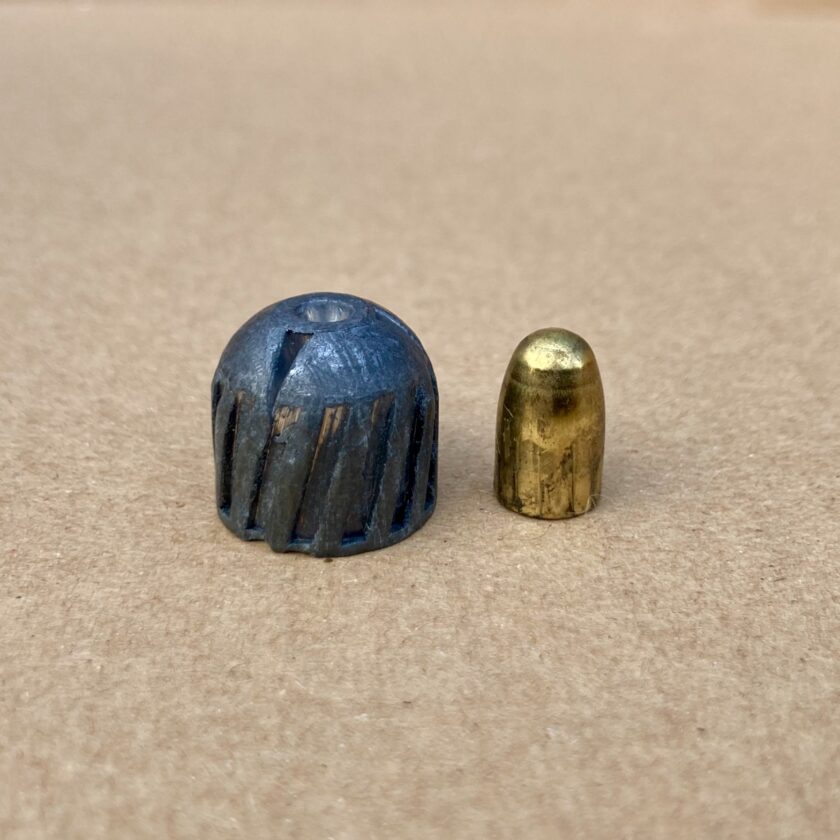
These projectiles are also launched as such velocities (1,100 – 1,500 FPS) that they can penetrate deeply enough to be meaningful. The odds of a single shot from a shotgun will connect with a critical structure, a great vessel or vascular organ, or the brain or spine are fairly significant.
The magic of the shotgun isn’t “hydrostatic shock” or “cavitation” or any of those cool-sounding terms. The magic of the shotgun is just it’s massively increased ability – through very large projectiles driven at sufficient velocities – to impact critical structures with a single shot.
The Caveat
The big caveat to all this is that you have to be able to make solid hits. If you miss a lot, 30 rounds gives you more chances to connect. Of course, it also gives you way more rounds that you can sling off into who knows where. These are not “misses,” but “unintentional hits” because those rounds definitely hit something.
You have to make solid hits on your target. The only way to guarantee that is through extensive training and practice. You can’t rely on the shotgun’s power to do it all. Unfortunately that fact is common to all firearms; there is no suitable defensive firearm that works well without training and practice.
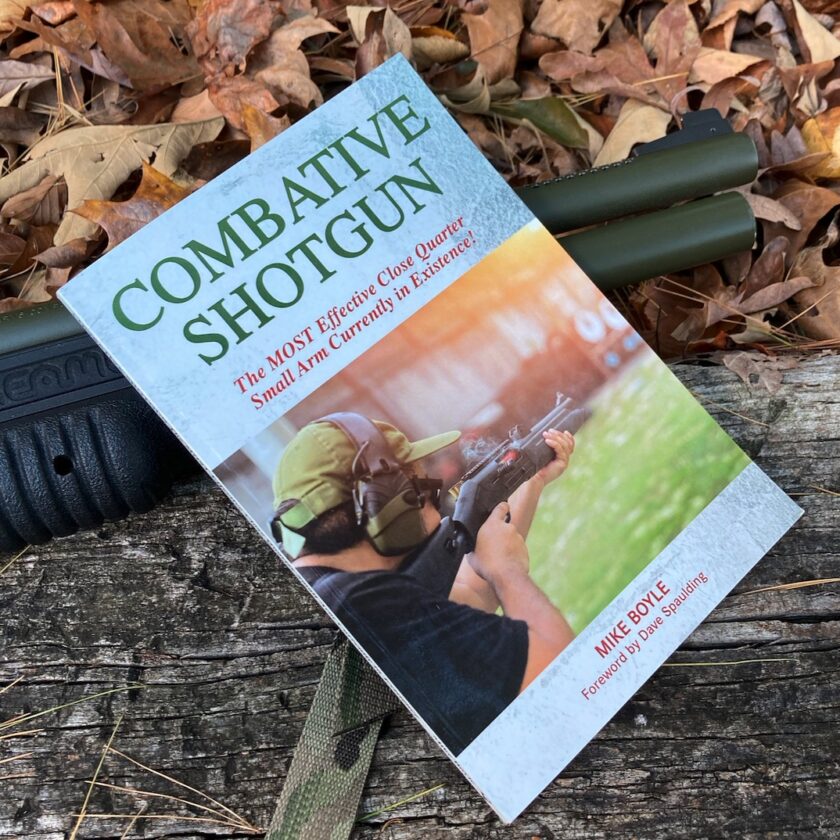
Oh, and one more caveat: in a military context the shotgun is low capacity. When the average engagement is 75-100 rounds, a 30-round gun with fast mag changes makes a difference. But that’s the problem with trying to directly transfer military experience to home-defense: they aren’t even close to the same. The shotgun is more than adequate, even in 2021, for home defense.
Bottom Line: Shotguns are not Low Capacity
If your shotgun only holds 5+1 rounds of .410… well, OK. In that case your shotgun is, in fact, a low capacity firearm. But it holds 5+1 twelve-gauge shells, it’s not. Twelve-gauge shotguns are not low capacity weapons! The shotgun can do massively more “work” with each shell than a single 9mm/.40/.45 round, meaning it doesn’t need quite so many rounds on board.
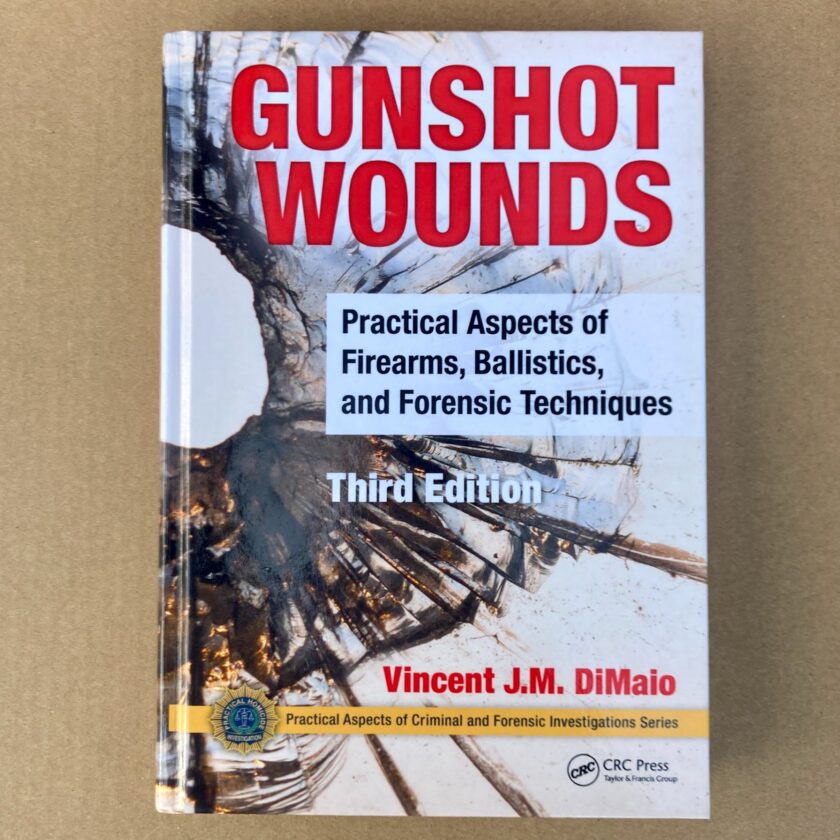
It’s kind of common to see gun reviewers chug through a full compliment of shotgun shells in quick succession. I promise you aren’t going to run through a full tube at the rapid rate on a single bad guy. If the first one doesn’t do it (and it almost certainly will provided you do your part), the second one will, again, provided you are making solid hits.
If you can’t make solid hits, finding a gun with more ammo shouldn’t be your goal. Training, practice, and quantifiable improvement should.
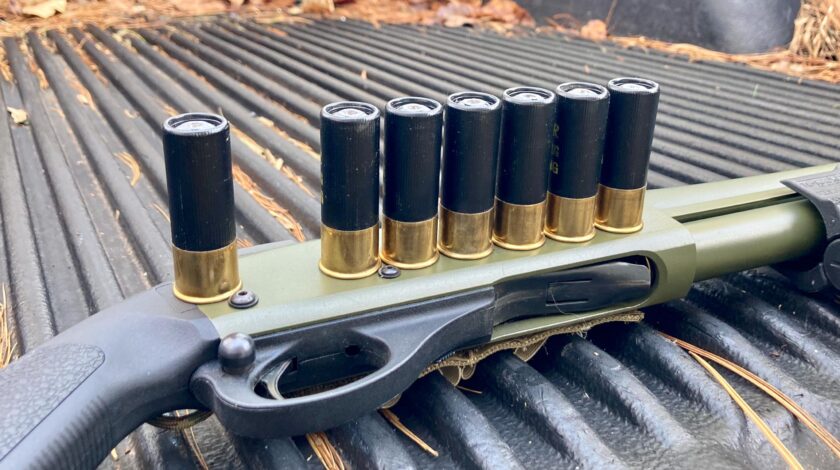



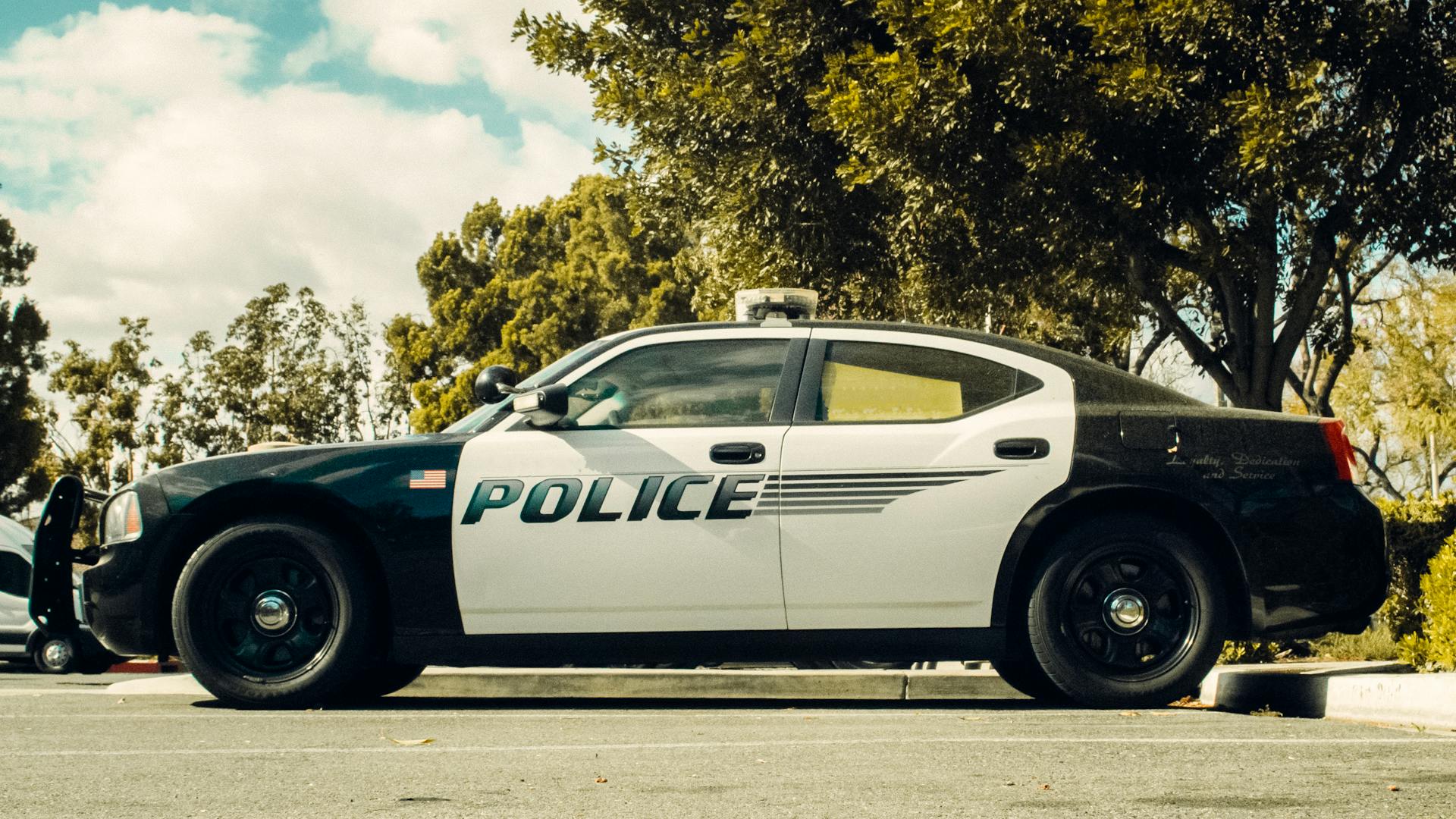


1 thought on “Shotguns are Not Low Capacity Weapons”
Comments are closed.